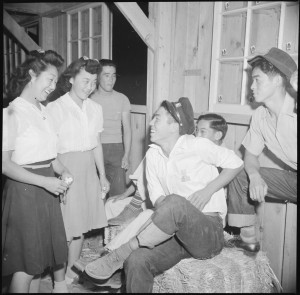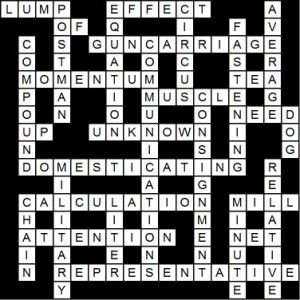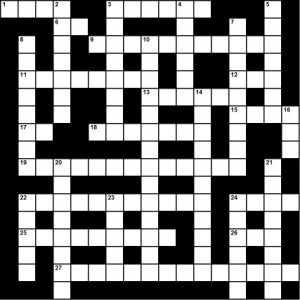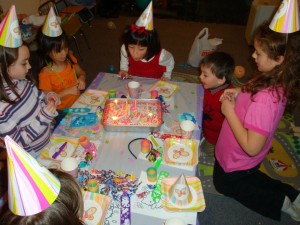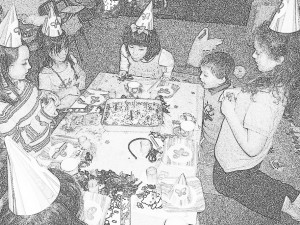For the imperative (command) form, we use the infinitive (base form) of the verb:
Go away! Leave me alone.
Clean up your room and make your bed.
Hurry up – the buss will be here soon.
Eat your vegetables.
Watch out!
For a negative command: Don’t (= Do not) + V (inf.)…
Don’t forget to go to the store.
Do not make any noise – Father is sleeping.
Don’t eat a snack. You’ll spoil your supper.
If you want to do something together with another person, you can make a suggestion: Let’s (= Let us) + V (inf.)…
Let’s take a break. I’m tired.
Let’s go home – this party is boring.
It’s a beautiful day – let’s go for a walk.
For a negative suggestion: Let’s not + V (inf.)…
Let’s not watch TV. I’d rather read a book.
Let’s not go anywhere on vacation this year. Let’s just have a “staycation” at home.
Exercise. Choose the correct verb and complete the following sentences. Make them commands.
Example:
________ the seeds 2 inches apart. (plant) ==> Plant the seeds 2 inches apart.
bring
brush
cook
dry
put
read
say
sign
sit
slice
take
wash
write
write
1. ________ next to me.
2. ________ a letter to Aunt Edna.
3. ________ two pills after every meal.
4. Please ________ on the dotted line.
5. ________ the book and ________ a report on it for next Monday.
6. Please ________ the dishes and ________ them away.
7. ________ goodbye to Mrs. Wirth.
8. ________ the vegetables and ________ them in boiling water for three minutes.
9. ________ a sack lunch for the field trip tomorrow.
10. ________ your face and ________ your teeth before you go to bed.
Exercise. For each of the following sentences, suggest an alternative activity using the phrase “No, let’s…”
Example:
Do you want to watch the late night movie? (go to bed) ==> No, let’s go to bed.
have Italian
mind our own business
stay at a resort
wait a while
watch a movie
1. Do you want to go camping this year?
2. Do you want to leave now?
3. Shall we have Chinese for dinner?
4. Should we tell Bob someone dented his car?
5. Would you like to play a game?
Exercise. Answer each of the following sentences with either “No, don’t…” or “No, let’s not…”
Example:
Should I turn up the heat? ==> No, don’t turn up the heat.
1. Shall I call for a doctor?
2. Should we leave yet?
3. Should we have a big party for Tom’s birthday?
4. Should I make you a nice, hot cup of coffee?
5. Should I tell Mr. Smith you broke his window?
6. Shall we go for a walk?
7. Should we take the train?
8. Should I put this picture in the letter to your mother?
9. Shall I shine your shoes, sir?
10. Should we give Sally a puppy for Christmas?

